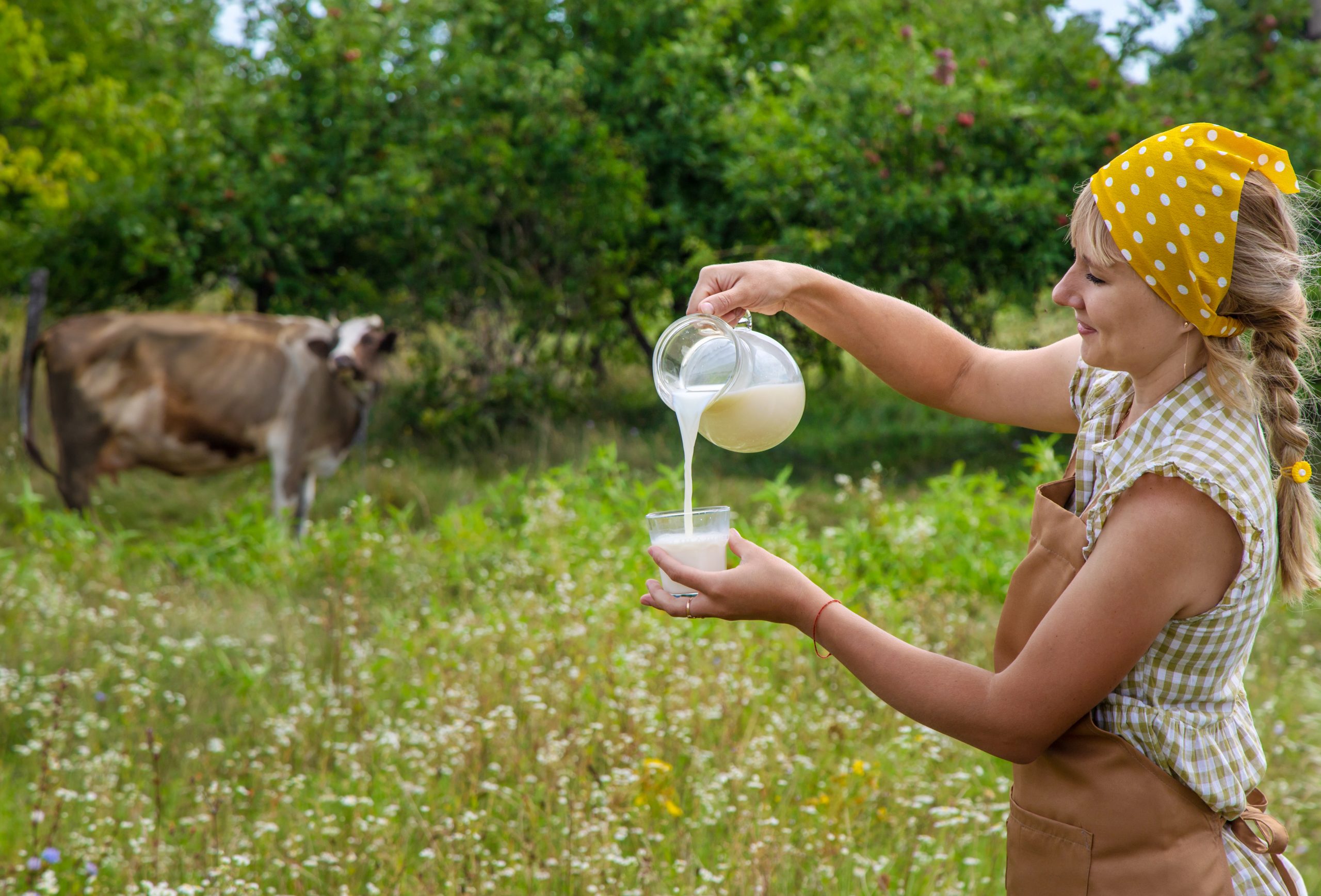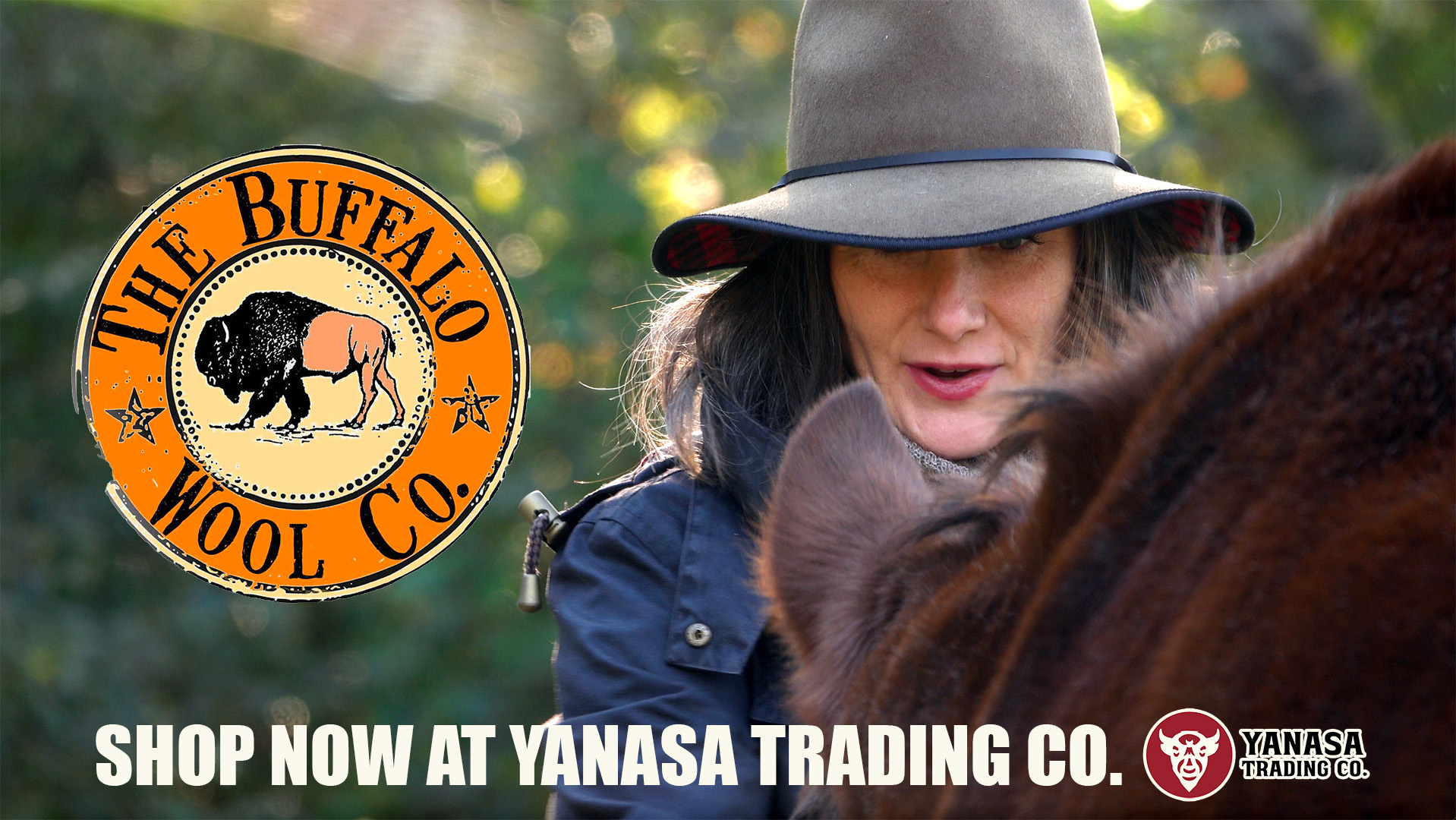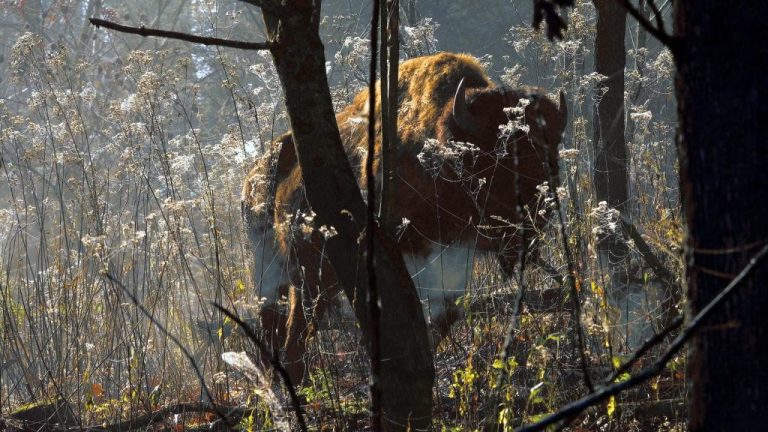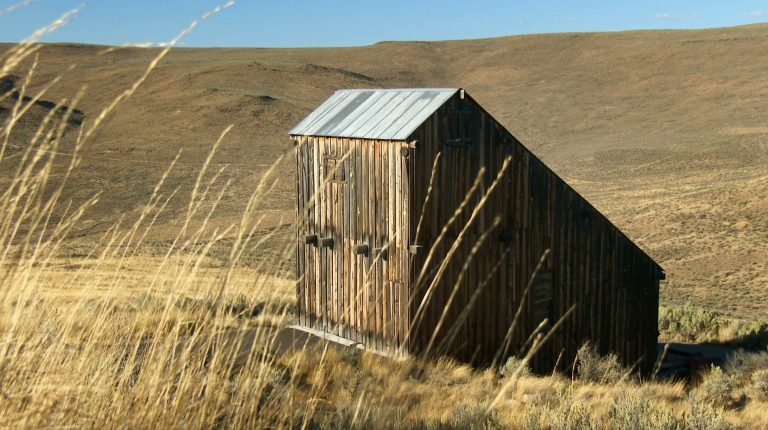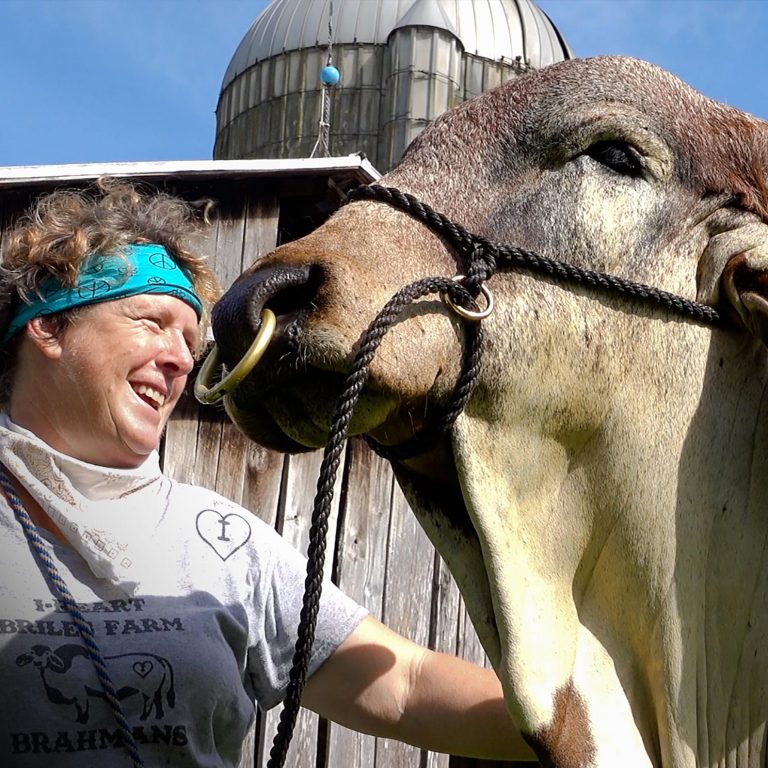Yanasa TV News
A nonsuit in Virginia, a showdown in Florida, and a reminder: food freedom works best when consumers know their farmer.
Campbell County, VA — Triple Oaks Farm, PMAs, and “Are they off the hook?”
Virginia’s health department sued Triple Oaks Farm—run by Bryson and Mackenzie Lipscomb in Campbell County—alleging illegal raw-milk sales to the public. Supporters prepared to pack the Campbell County Courthouse on Monday, Sept. 22, but before the hearing the Commonwealth withdrew the case via a plaintiff’s nonsuit, which in Virginia is a voluntary dismissal without prejudice (meaning the state can refile). Local coverage confirmed the suit was dropped and highlighted the farm’s claim of government overreach. In the farm-freedom world, the result was treated as a practical win for the Lipscombs’ Private Membership Association (PMA) model, under which they say they sell only to members rather than the general public.
Because a nonsuit is without prejudice, the matter isn’t legally over: Virginia law gives plaintiffs a limited window to bring the case again, so Triple Oaks “won this round” but isn’t entirely beyond regulatory reach if the state decides to try anew.
Joel Salatin’s Lunatic Farmer blog framed the episode as textbook overreach. In his Sept. 8 post, he quoted from the state’s allegations and argued that the filing effectively criminalized private, voluntary exchange among consenting adults inside a member-only club; a week later, he reported the nonsuit with the headline “WE WON,” crediting community mobilization and the PMA structure for the turnaround. That perspective deserves weight here: the state chose to name and charge a small farm without any public report of illnesses tied to Triple Oaks, then exited the case on its own terms when faced with scrutiny—behavior that looks less like targeted risk mitigation and more like policy signaling against PMAs.
In a food-freedom framework, that’s backward: absent demonstrated harm, private associations among informed members should be presumed lawful; if the state believes PMAs are a loophole, the remedy is clear, transparent legislation—not headline-grabbing complaints that collapse before a hearing.
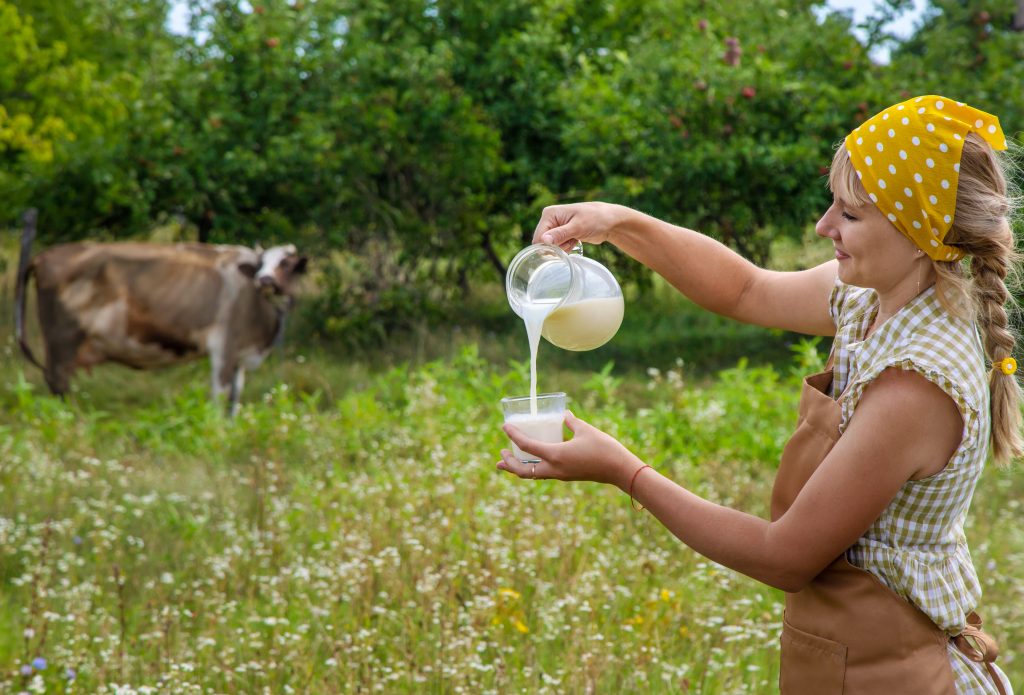
Similar live flashpoints across the U.S. (status check)
- Pennsylvania — Amos Miller (state licensing case still live): On Jan. 3, 2025, Pennsylvania’s Commonwealth Court let Miller continue selling raw milk to customers outside PA while the state’s licensing case proceeds; the trial court’s preliminary injunction on in-state sales remains. Translation: partial green-light for cross-border sales, but litigation continues.
- Florida — illnesses + civil suit (Aug. 2025 filing): Florida’s Department of Health (FDOH) publicly linked 21 illnesses since Jan. 24 (6 children under 10; 7 hospitalizations; at least two severe complications) to raw milk from Keely Farms Dairy. AP reported the farm wasn’t contacted before the announcement. A civil suit filed in August alleges a toddler’s illness and a fetal loss. (More analysis below in §3.)
- North Carolina — tightening the rules (Farm Act 2025): Lawmakers moved to close herd-share / “animal feed” loopholes in response to H5N1 concerns—an ongoing policy fight raw-milk advocates are watching closely.
- Ohio — legalization push (HB 406, Sept. 2025): A new bill would legalize and regulate raw-milk sales statewide (“Farm-to-Consumer Access to Raw Milk Act”), setting up a live legislative battle.
- California — enforcement after H5N1 detections: Late 2024 into 2025 saw quarantines/recalls tied to bird-flu detections and other outbreaks; regulators remain on high alert, and Raw Farm stays a lightning rod in the debate.
California — enforcement after H5N1 detections (and, more importantly, how Raw Farm responded):
Through late 2024, state and county labs detected influenza A (H5) viral material in specific lots of Raw Farm’s cream-top raw milk, prompting CDPH warnings and voluntary recalls of identified batches, then a broader shelf recall while officials expanded testing and CDFA quarantines rippled across affected dairies statewide. No human illnesses were tied to those particular lots, but regulators stayed on high alert as herd quarantines and releases continued into spring 2025.
From the farm’s side, CEO Mark McAfee publicly disputed aspects of the state findings at the time yet also described pausing distribution during quarantine and cooperating with investigators. He has emphasized process controls—segregating every batch by lot number and testing before release—as a core safety practice, and he’s argued that clean facilities, herd health, and verification testing are what make intentional raw milk comparatively safer. Those are practices also promoted by the Raw Milk Institute (RAWMI): written risk-management plans (RAMPs), regular coliform/SPC monitoring with tight targets, and pathogen-avoidance protocols. Taken together, this paints Raw Farm not as a cautionary tale but as a high-visibility example of a producer tightening traceability and testing in response to scrutiny.
Florida, Keely Farms & the Lawsuit:
What the state said (and didn’t say):
- FDOH’s Aug. 6–7, 2025 advisory directly linked 21 cases (E. coli or Campylobacter) to raw milk from Keely Farms Dairy, noting 6 children <10, 7 hospitalizations, and “severe complications” in at least two cases. The PDF adds: “Sanitation practices in this farm are of concern due to the number of cases” and that the department “will continue working with Keely Farms to ensure effective sanitation practices across every batch.” Notably, those state materials show no milk-sample lab positives—the linkage appears epidemiologic, based on patient interviews and confirmed infections.
- AP reported the farm said FDOH didn’t contact them before the public announcement—which, if accurate, helps explain why the farm did not “know” earlier there was a suspected cluster tied to their product.
Labeling & duty to warn: Florida bans raw milk for human consumption; farms sell it as “animal feed” with the required “Not for human consumption” label. From a strict-liability standpoint, that label is clear. From a public-health standpoint, officials warn people drink it anyway and can get sick. Both statements can be true at once.
A fair read of the known facts:
- Evidence on the public record supports that people got sick and that multiple patient histories involved Keely’s raw milk. But the record does not (so far) show Keely’s product testing positive, nor any posted recall/embargoagainst the farm—FDOH’s action was a public advisory naming the source, not (yet) a documented enforcement order.
- If AP’s reporting is right, the farm wasn’t contacted beforehand, which undermines the idea that the state “warned them and they ignored it.” As of those reports, there’s no state-posted notice of sanctions.
How to Vet Your Dairy (Raw or Low-Input)
1) Meet the humans.
Talk to the primary milker/owner. Ask how long they’ve been milking, who covers when they’re sick, and what their written sanitation protocol looks like.
2) Be observant of the udders.
Look for clean udders/teats, single-use towels or properly sanitized cloths, forestripping, and post-dip. No visible dirt in pails. Calm stock, clean parlor.
3) Cooling discipline.
Ask how fast milk hits cold and how cold it gets. You want immediate cooling (plate chiller or ice bath) and steady storage in the mid-30s °F. It would be behooving of you to ask to see temp logs.
4) Routine testing (show me the numbers).
Ask for:
- Regular standard plate count (SPC) and coliform results by batch or at least weekly.
- Periodic pathogen screens (e.g., STEC/E. coli O157:H7, Salmonella, Campylobacter, Listeria) on process milk or environmental swabs.
- Water tests for coliforms/E. coli (well/hoses) at sensible intervals.
You’re looking for consistent, low counts and a track record—a trendline, not a one-off.
5) Herd health & SCC.
Ask about somatic cell count (SCC) targets, mastitis detection (CMT paddles, conductivity), vaccination and deworming philosophy, and withhold periods(colostrum, antibiotics).
6) Clean-in-place (CIP) & sanitation.
Request the CIP schedule: wash temps, detergents/acid rinse, sanitizer, and verification (ATP swabs or plate counts). Stainless surfaces should look—and smell—clean.
7) Lotting & traceability.
Every bottle/jar should have a date/lot code tied to a batch log (who milked, which animals, cooler temps, test results). Ask how they would contact you in a recall.
8) Feed & pasture transparency.
What do animals eat (pasture, hay, grain)? Any purchased feed? How do they prevent mycotoxins? Observe pasture and barn, does it look clean? Keep it relevant this is a farm.
9) Training & redundancy.
Who else is trained to milk and clean correctly? Is there a written SOP binder newcomers can follow?
10) PMA or direct-to-consumer paperwork.
If it’s a PMA/food club, read the member agreement and informed-consent language. Make sure it explains handling/risks and the farm’s safety program in plain English, or at least in a way you can understand it.
11) Incident history & corrective action.
Have they ever had a high count or complaint? What root-cause did they find and what changed after? It’s the reaction and changes that matter. I’d personally be happy to deal with a farm that had a complaint and took action.
12) Labeling & storage guidance.
Clear labels, storage temp guidance, and a “use by” window. At pickup, milk should be cold to the touch; bring a cooler and get it home fast.
13) Insurance & accountability.
Do they carry product liability insurance? It’s not a guarantee—but it signals seriousness and record-keeping.
14) Your home protocol (take responsibility)
Keep it ≤40°F, don’t leave it out, and use clean containers. If anything smells off, don’t drink it—even “small” farms aren’t magic.
Consumer responsibility & relationships with farms:
Food freedom is not risk-free—and never will be.
The way to make it safer is relationship + transparency: know your farmer, ask about milking hygiene, cooling curves, pathogen testing (if any), udder health protocols, and sanitation logs. We live in a culture that outsourced food risk to agencies; that tradeoff dulled our personal due diligence. Local buying and PMA membership re-localize responsibility—which should come with informed choices, not blind faith.
The irony is that centralized oversight hasn’t made the modern diet risk-free: regulators are still removing additives once considered acceptable, and recalls remain high. California’s 2023 Food Safety Act (AB 418) bans brominated vegetable oil, potassium bromate, propyl paraben, and Red Dye No. 3 in foods starting January 1, 2027; the FDA separately revoked BVO nationwide (effective Aug. 2, 2024, with a one-year compliance runway) and in January 2025moved to ban Red Dye No. 3 from foods and ingested drugs, citing the Delaney Clause after cancer findings in animal studies. These are not fringe changes—they’re mainstream course corrections that acknowledge earlier safety judgments were too lax.
Meanwhile, ultra-processed foods—the backbone of centralized, shelf-stable supply chains—are increasingly tied to worse health. A randomized, inpatient NIH trialfound people ate ~500 extra calories/day and gained weight on an ultra-processed diet despite matched macros and fiber; large umbrella reviews in 2024 linked higher ultra-processed intake to elevated risks across cardiometabolic disease, mental-health outcomes, and mortality (with varying evidence grades). When regulators and researchers are still backfilling basic safety signal gaps this late in the game, it’s hard to argue that “trust the system” is enough on its own.
This is why re-localizing food through direct buying and PMAs matters: it puts responsibility back in the loop—on producers to be transparent and on consumers to be discerning. It’s not about blind faith in small farms; it’s about relationships and verification.
Local doesn’t mean zero-risk—but done well, it means known people, known practices, and faster feedback loops when something goes wrong. That’s a stronger foundation for safety than outsourcing everything to bureaucracy.
Would legalizing with standards help?
Policy design matters: states that legalize with testing, proper facility standards, and traceability create observable baselines and paths for corrective action. Prohibition pushes sales into gray markets (e.g., “pet food”) where no safety program can be required—arguably worsening risk signals for everyone. But removing prohibition isn’t necessarily a call for unruly standards. Every farm is different, every facility has different needs. Too much regulation could reduce market accessibility, consumer choice, and re-create gray areas.
Perspective check: recalls & risk aren’t unique to raw milk.
Heavily regulated foods still see recalls and outbreaks, and the trendline has hardly been reassuring: analyses of FDA/USDA data show ~300 total recalls in 2024 with ~1,400 illnesses, hospitalizations roughly doubling vs. 2023, and ongoing 2025 spikes in certain recall categories. That doesn’t acquit any producer; it simply proves centralized regulation ≠ zero risk—consumer vigilance still matters.
To Sum It Up In Plain Terms
The Florida Department of Health linked 21 illnesses to Keely Farms Dairy by epidemiology—not by any publicly shown product-positive test—and, according to AP, the farm wasn’t contacted before the announcement; there’s no posted recall or enforcement order on the record, and a civil suit is now underway. Support the farm and defend food choice unapologetically: raw milk, like any minimally processed food, carries risk—but risk exists across all levels of oversight, even in heavily regulated supply chains. The difference—and the safeguard—should be you. Build a relationship with the people you buy from; know their milking hygiene, cooling practices, animal health protocols, and whether they test or track batches. Food freedom works best when consumers accept responsibility, ask hard questions, and choose transparent producers—because real safety grows from informed relationships, not blind reliance on bureaucracy.

